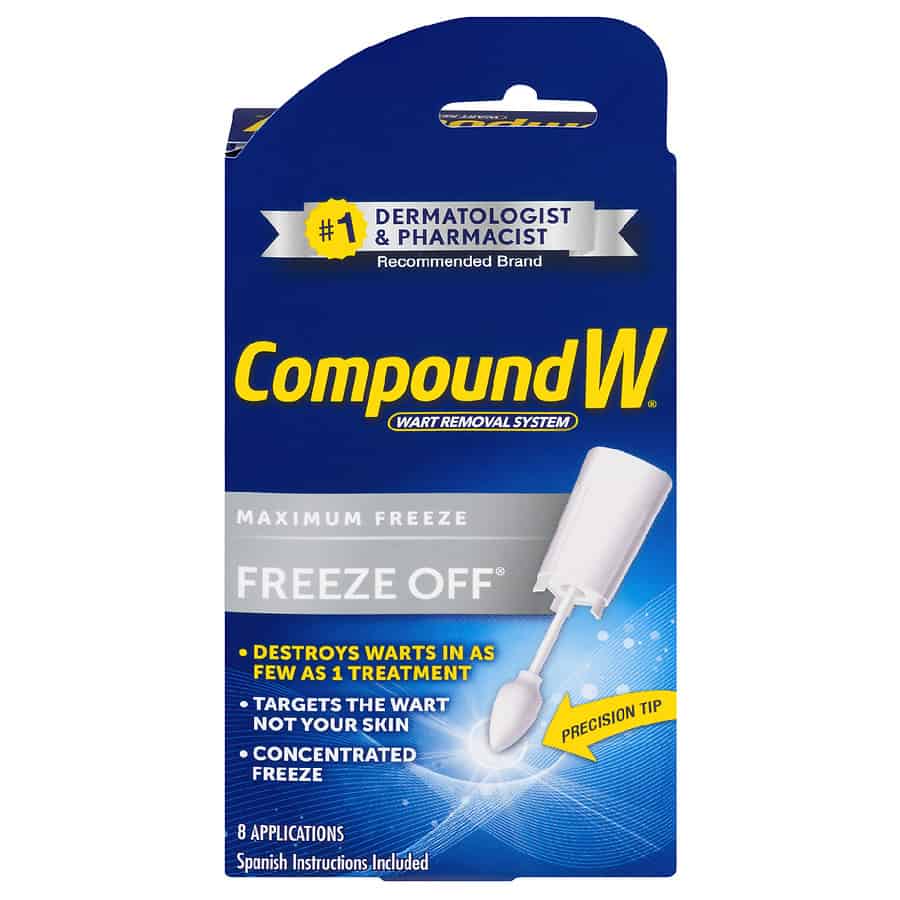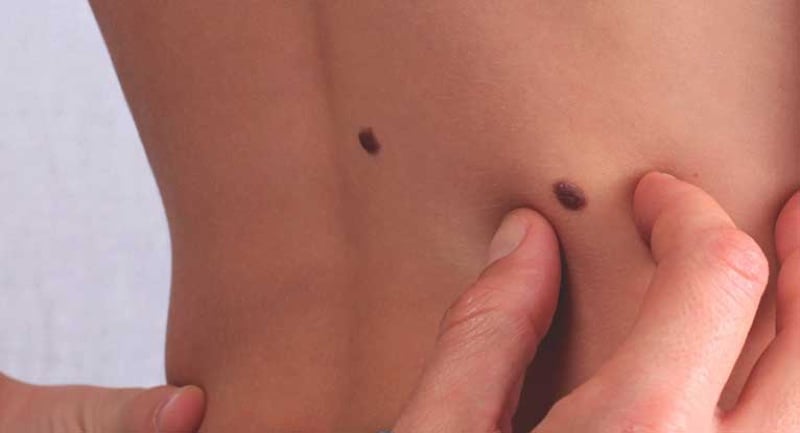Skin tags, those small growths that dangle off our skin, are a common yet harmless concern for many people. Despite their benign nature, it’s understandable that individuals may be interested in discovering effective methods for removing them. Typically found in the skin folds of our neck, breasts, armpits, groin area, and eyelids, skin tags result from loose collagen fibers becoming trapped within thicker regions of our skin.
While the exact cause of skin tags remains unclear, some theories suggest that friction or skin rubbing against skin may contribute to their development. Additionally, studies have identified possible links between skin tags, type 2 diabetes, and obesity. Pregnant individuals might also experience an increased prevalence of skin tags due to hormonal changes. No matter the cause, rest assured that as we delve deeper, our focus will be on providing a clear and informative understanding of skin tags and their removal.
Chapter Overview
What Skin Tags Look Like?
Skin tags, also known as acrochordons, are benign lesions that often appear as small, soft, skin-colored growths on the skin. They can vary in size, from a few millimeters up to 2 inches wide, and can be found in areas where skin folds are present, such as armpits, groin, under breasts, neck, eyelids, and under the buttocks.
These harmless growths have a stalk-like structure, and are composed of collagen fibers, fat, and blood vessels. Adults are more prone to developing skin tags.
It’s important to differentiate skin tags from moles and warts, as they may visually resemble each other. Here are the key differences:
- Skin tags are not contagious, while warts are.
- Skin tags have a smooth, soft surface, whereas warts have a rough, irregular surface.
- Skin tags hang off the skin, while warts are slightly raised or flat.
In summary, skin tags can be recognized by their soft, skin-colored appearance, varying size, and locations on the body where skin folds exist. By understanding these characteristics, we can confidently identify skin tags and avoid confusing them with other skin lesions such as moles and warts.
Why Do Skin Tags Occur?
Skin tags occur due to various factors with no clear single cause. They are composed of loose collagen fibers and blood vessels enveloped by skin, affecting both men and women. Here are some common factors:
- Age: Older individuals are more prone to developing skin tags.
- Weight: Overweight or obese people with excess skin folds and chafing are more susceptible.
- Pregnancy: Hormonal changes in expectant women could potentially create skin issues, including skin tags.
- Friction: Areas where skin rubs against itself (e.g., neck, groin, armpits) are hotspots for skin tag growth.
Additionally, certain medical conditions have been linked to skin tag development, such as:
- Type 2 diabetes: Insulin resistance and high blood sugar levels in diabetic individuals can contribute to skin tag formation.
- High blood pressure and high cholesterol: People with these conditions are at increased risk of skin tags.
In some cases, genetics or contact dermatitis from jewelry could also be factors in skin tag occurrence. Fortunately, they are considered harmless and, in many instances, develop without any identifiable reason.
Can They Be a Problem?
While skin tags are generally harmless, they can potentially cause some issues. Skin tags may lead to irritation when snagging on clothing or jewelry, resulting in pain due to bleeding. Additionally, their presence might affect one’s self-esteem, especially for those who prioritize clear skin. In such cases, one may opt for cosmetic surgery to remove skin tags; however, this procedure can be costly and is typically only available when the issue significantly impacts physical or mental health. It’s also important to be aware of possible allergic skin reactions or inflammation that may arise from treatment.
Home Remedies for Skin Tags
Tea Tree Oil

Tea tree oil is a powerful antiviral, antifungal, and antimicrobial remedy. It’s safe to use on the skin when diluted with a carrier oil. To use tea tree oil for skin tags, dilute it first, then apply it to the affected area with a cotton swab. Cover it with a bandage, and leave it overnight. Repeat this treatment until the skin tag dries out and falls off.
SEE ALSO: Essential oils for Skin Tags
Banana Peel

Banana peels can be surprisingly effective for treating skin issues, including skin tags. To use a banana peel for skin tag removal, place the peel over the skin tag, cover it with a bandage, and leave it overnight. Repeat this process for several nights until the problem is resolved.
Apple Cider Vinegar

Apple cider vinegar has potent antimicrobial and antibacterial properties which can help with skin tags. To use apple cider vinegar, soak a cotton swab in it and place it over the skin tag. Wrap the area with a bandage and leave it on for 10 to 30 minutes. Remove the bandage once it begins to burn and wash the skin. Perform this treatment every day for a couple of weeks, and the acidity will break down the surrounding tissue, causing the skin tag to fall off.
Vitamin E

As an antioxidant, vitamin E can help with issues caused by aging, such as skin tags. Apply liquid vitamin E to the skin tag, massaging it gently into the skin for a few minutes. The skin tag should disappear within a few days.
Garlic

Garlic can help improve the appearance of the skin by reducing inflammation. To use garlic for skin tags, apply crushed garlic to the affected area, cover it with a bandage, and leave it overnight. Wash the area in the morning and repeat the process until the problem is resolved.
Freezing Kit

Freezing kits, which can be purchased at drugstores and pharmacies, utilize liquid nitrogen to freeze off skin tags. Follow the instructions on the label carefully and apply the spray to the skin tag, taking care not to let it come into contact with the surrounding skin. You can also apply petroleum jelly to the surrounding area for added protection. Skin tags should fall off within several applications.
When Home Remedies Do Not Work
In some situations, home remedies for skin tags may not be effective or suitable. Such situations include skin tags located near the eyes or genitals, larger or longer skin tags, or instances where skin tags cause pain, bleeding, or itching. In these cases, it’s advisable to seek medical treatment.
Available medical procedures for removing skin tags include:
- Cauterization: Burning off the skin tag using heat.
- Cryotherapy: Applying liquid nitrogen to freeze off the tag. While some attempt this at home, professional treatment is recommended.
- Ligation: The tag is tied off with surgical thread, restricting blood flow to the area and causing it to eventually fall off.
- Excision: A professional uses a blade, such as a scalpel or nail clippers, to cut off the skin tag.
While skin tags are typically noncancerous growths, some doctors perform a biopsy as a precaution, especially when the skin tag appears atypical or suspicious. Remember, it’s crucial to consult a healthcare professional before attempting any medical procedures on your own.
Precautions and Aftercare
Liquid Nitrogen: Avoid contact with skin.
Bleeding & Infection: We ensure skin tag removal is infection-free. Scar may form but disappears over time.
Scarring: Apply antibiotic ointment post-removal as a precaution.
Alcohol: Avoid alcohol consumption before and after skin tag removal.
Stitches: Keep wound dry for 48 hours, then gently wash.
Complications: Excessive bleeding is rare; consult a doctor if it occurs.
Should You See a Doctor?
We recommend seeking a board-certified dermatologist if the skin tag is large, painful, or located in a sensitive area. In most cases, health insurance may cover the consultation and treatment. Remember, always avoid self-removal methods as they can lead to complications.


